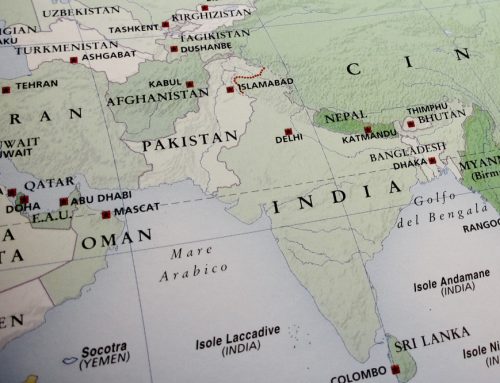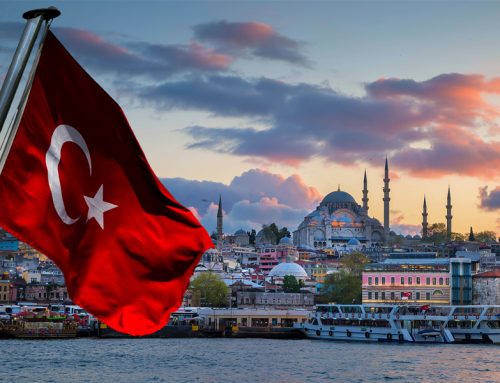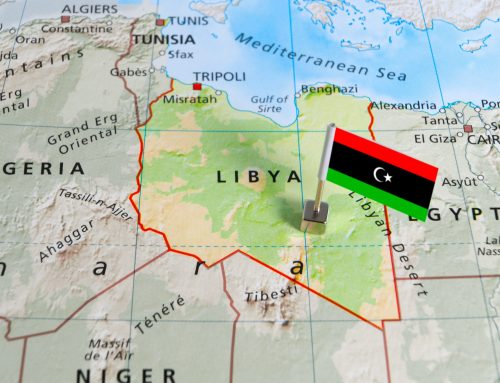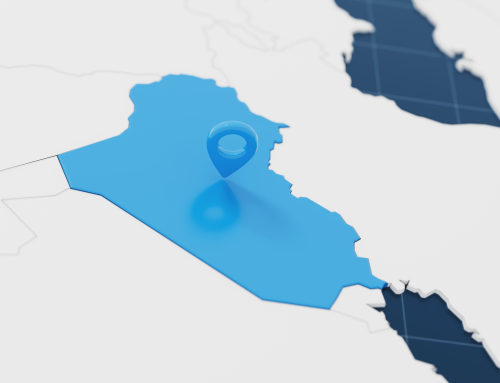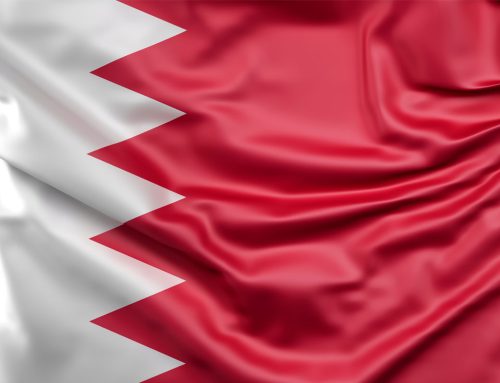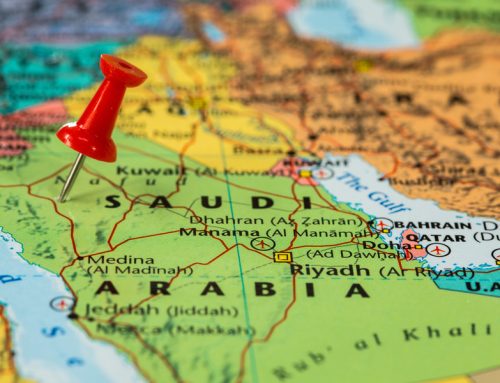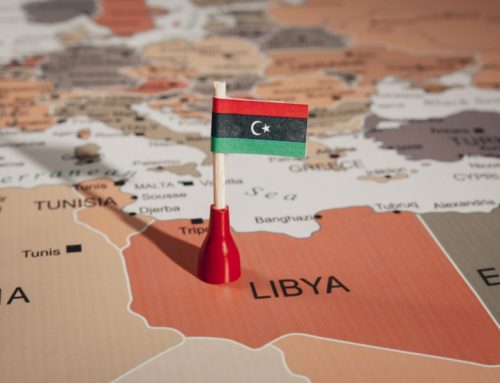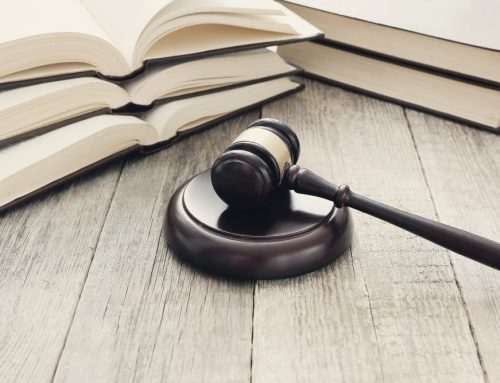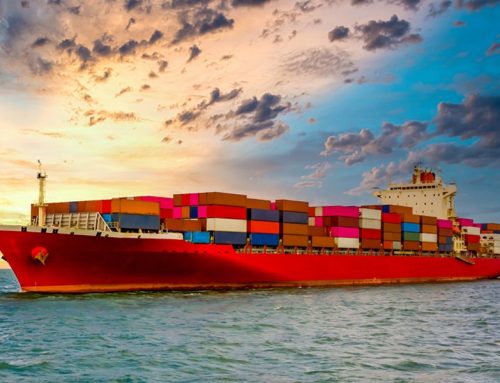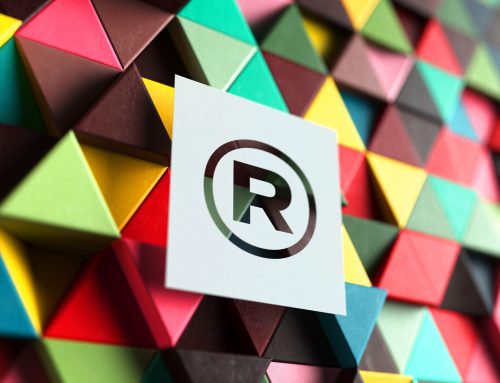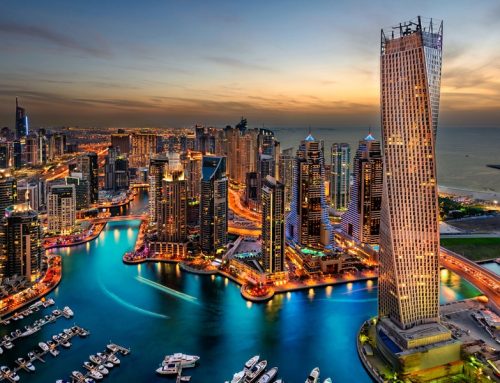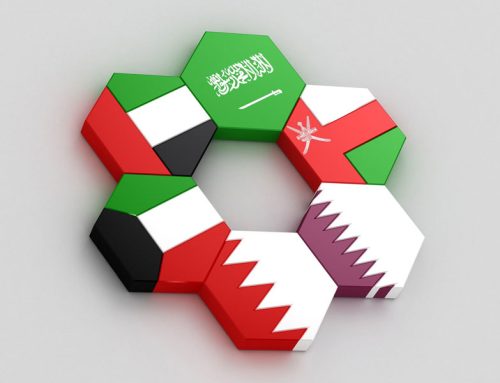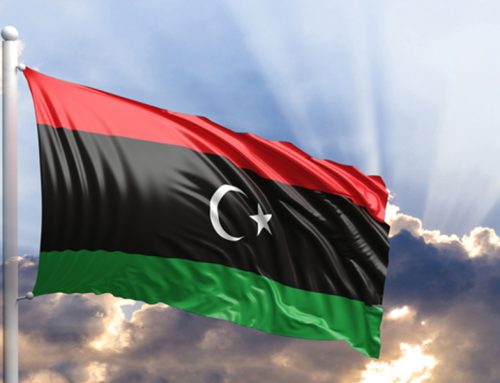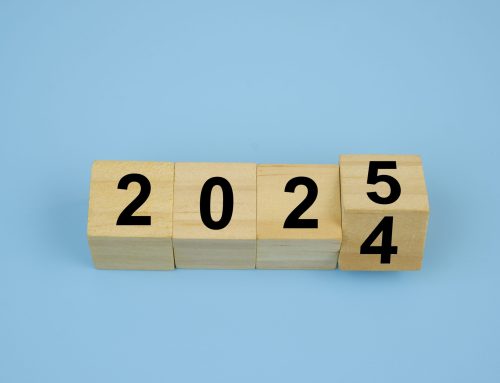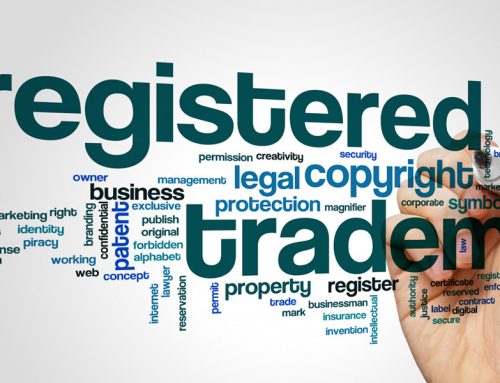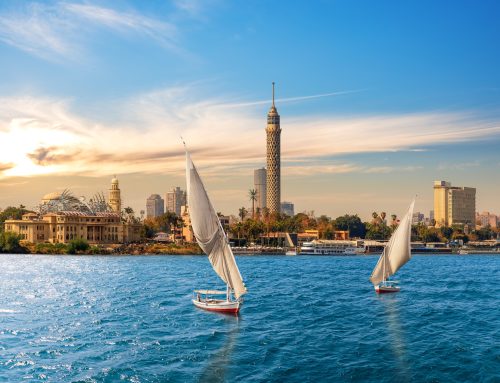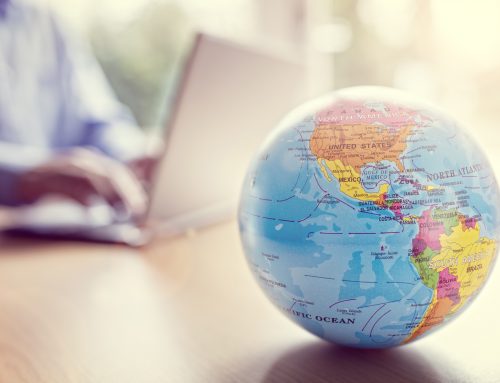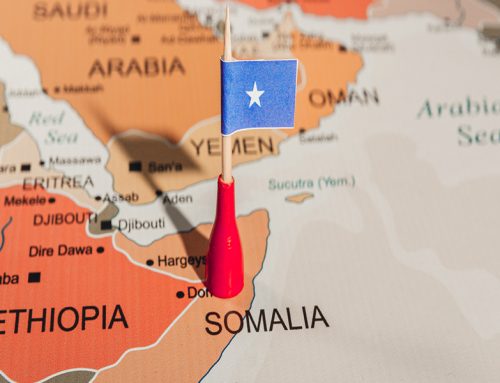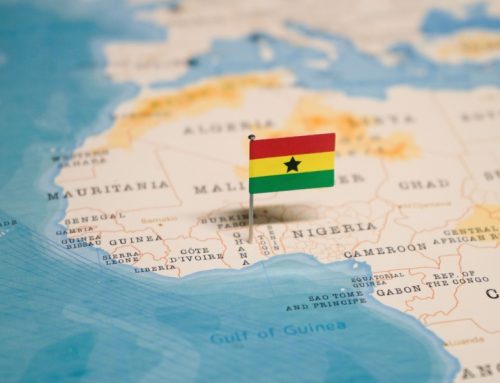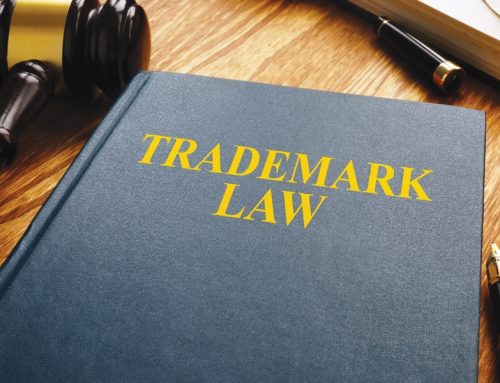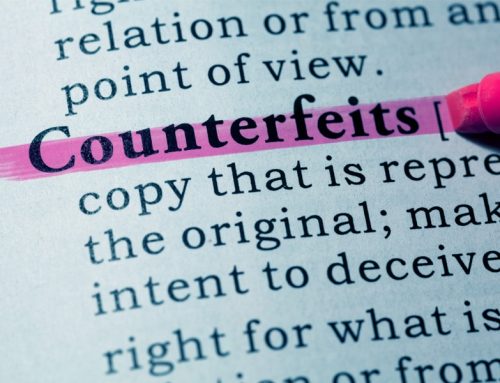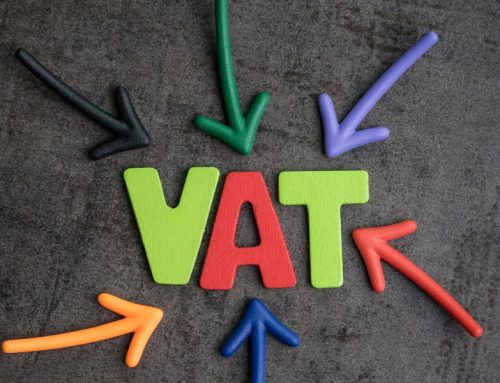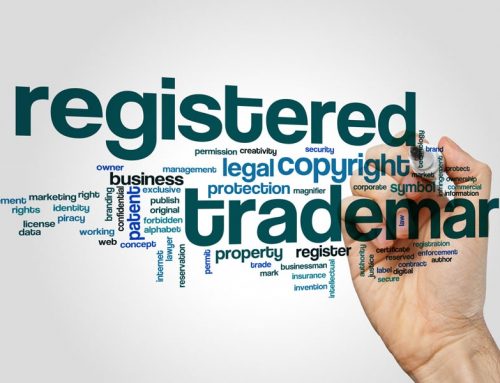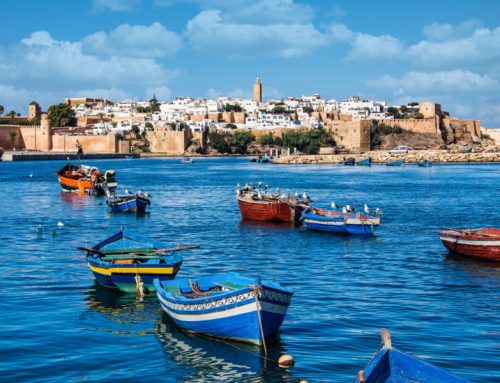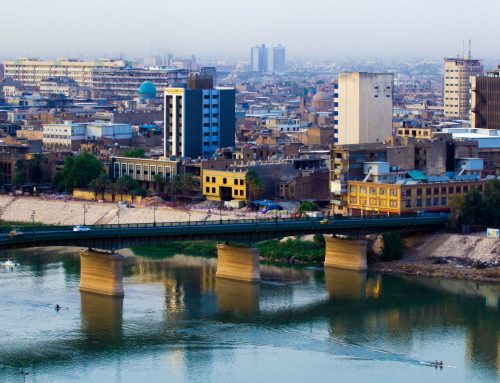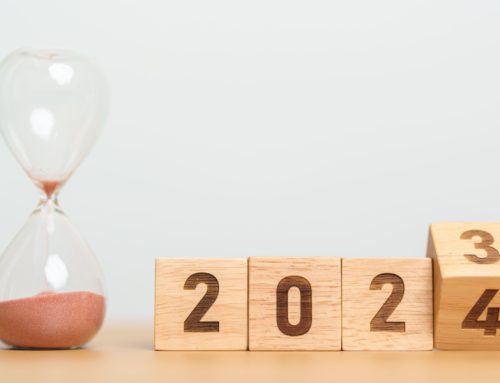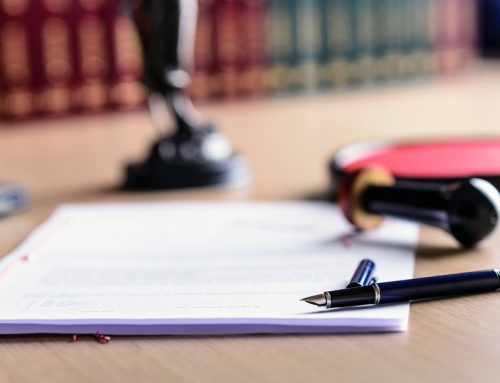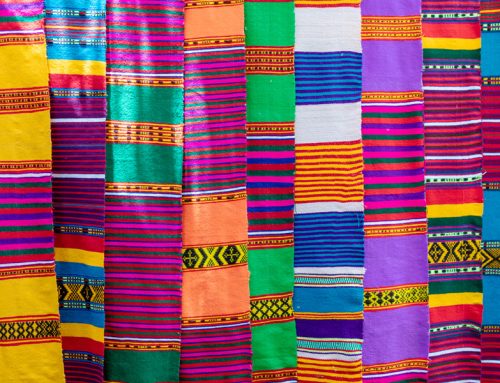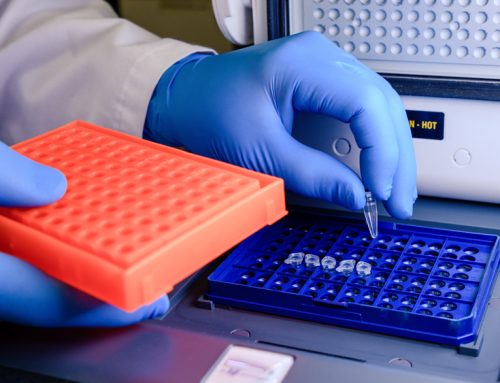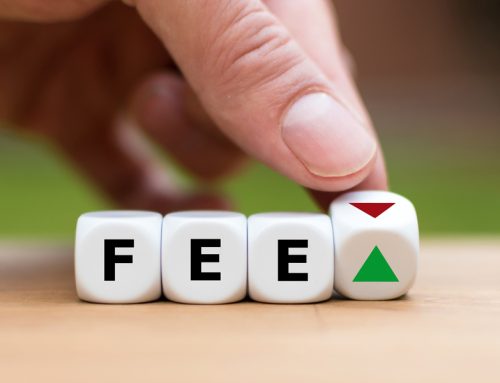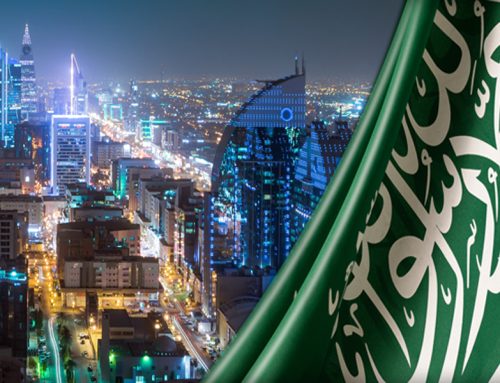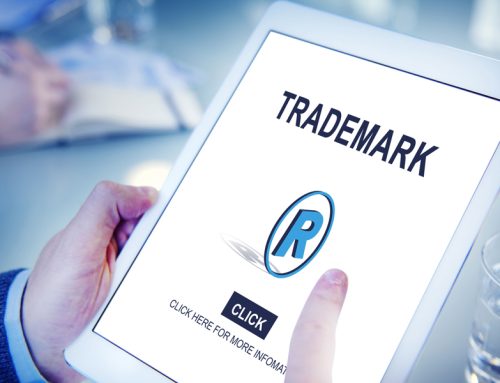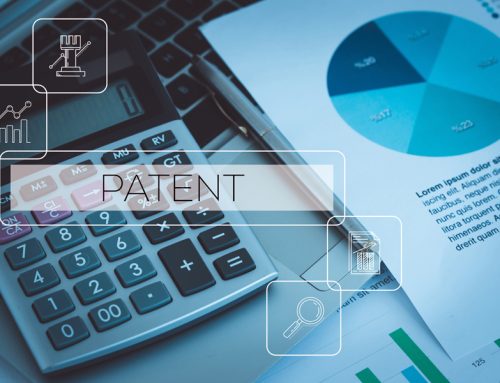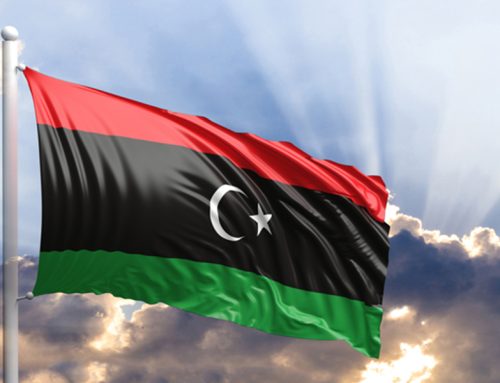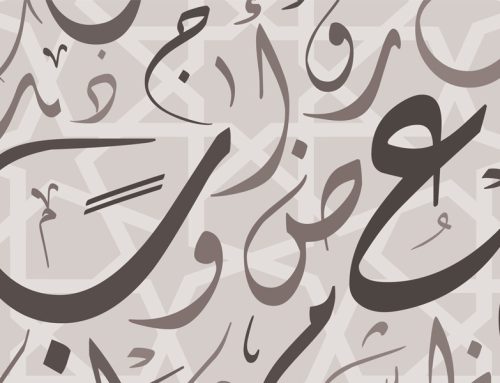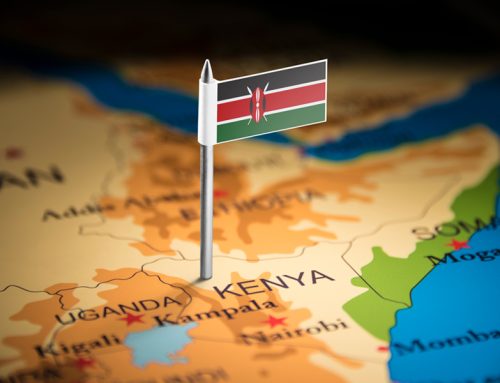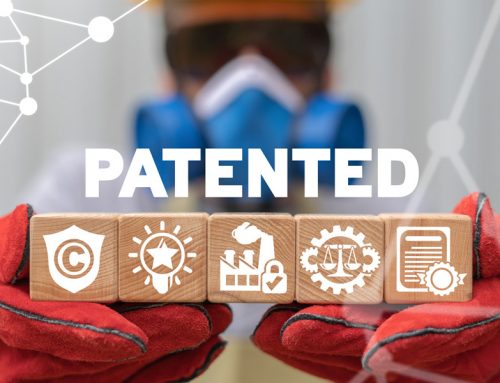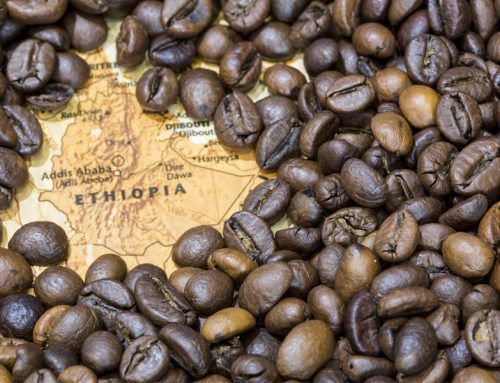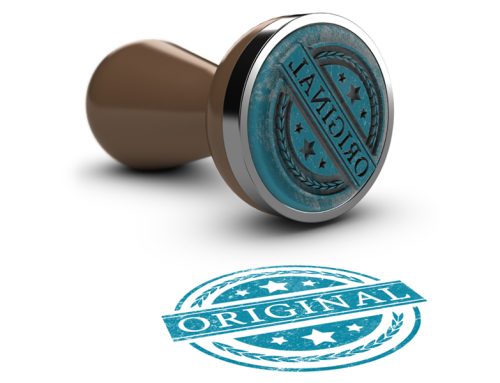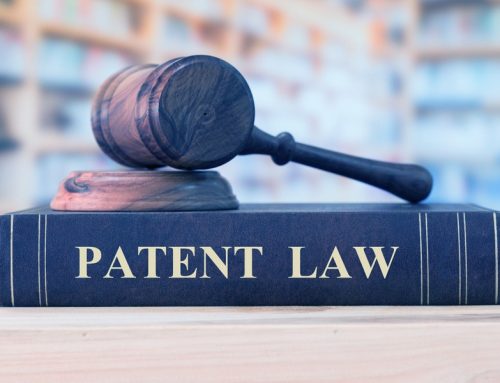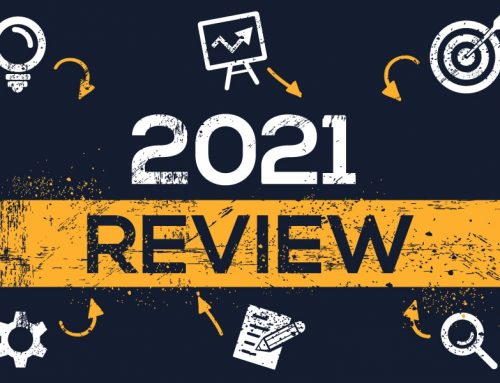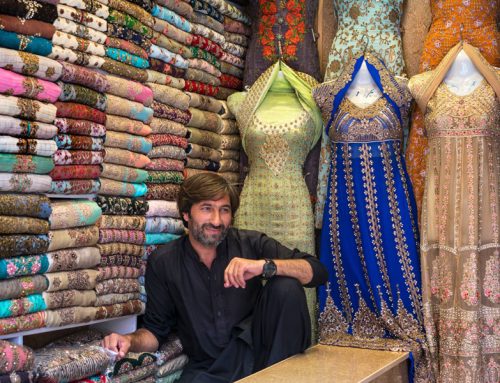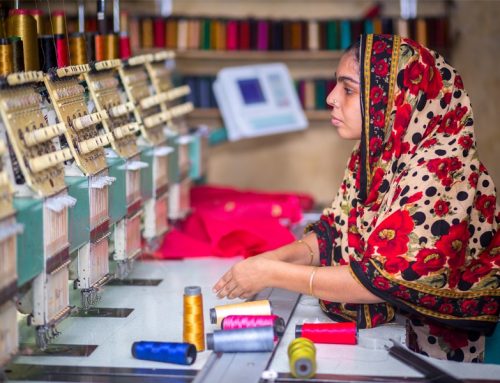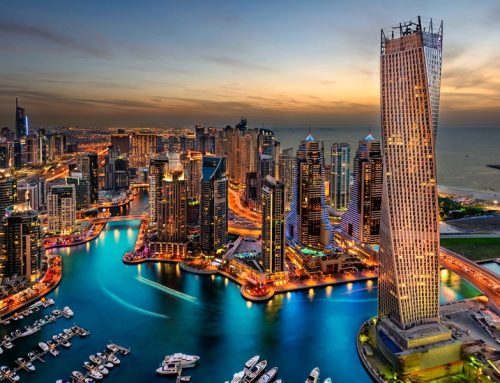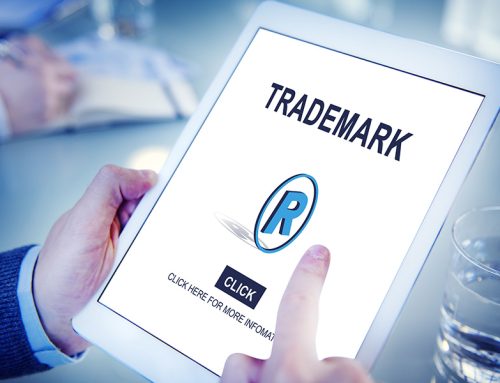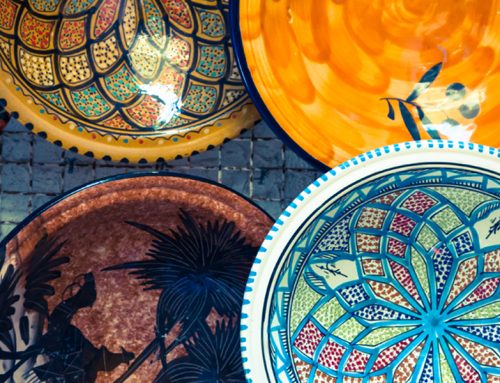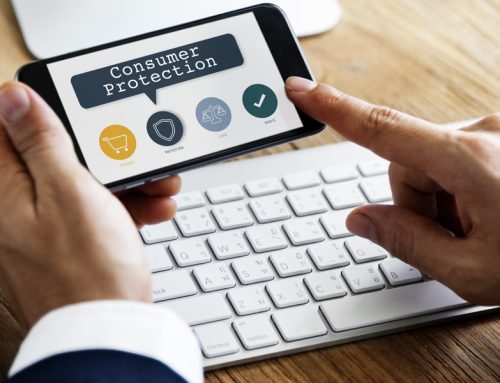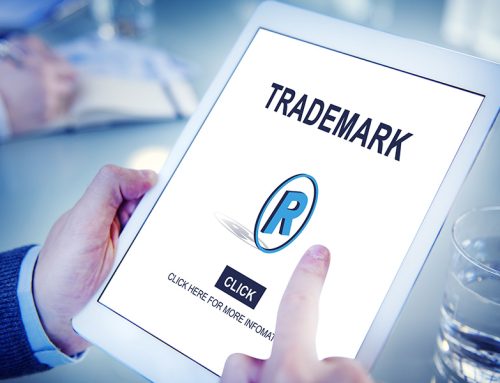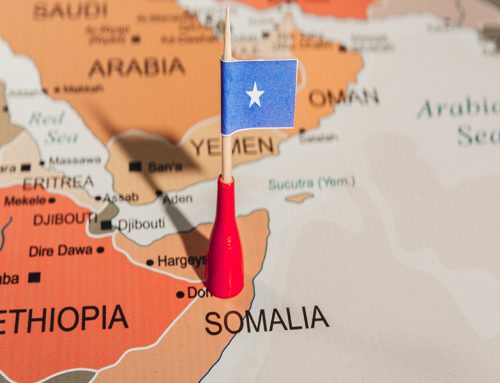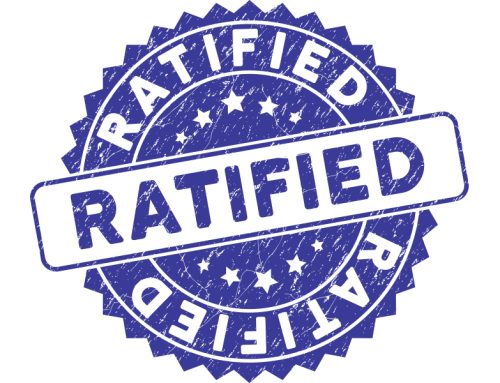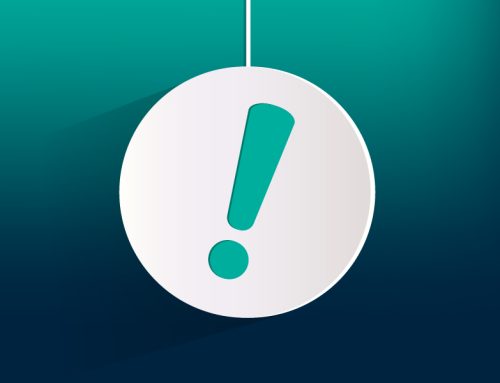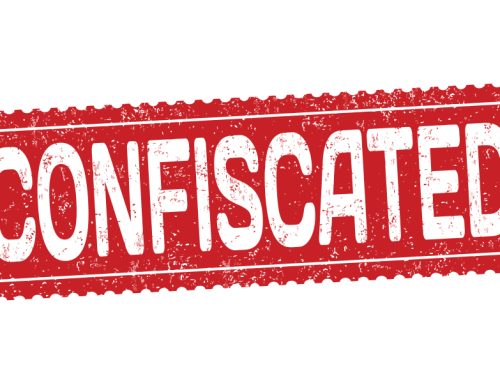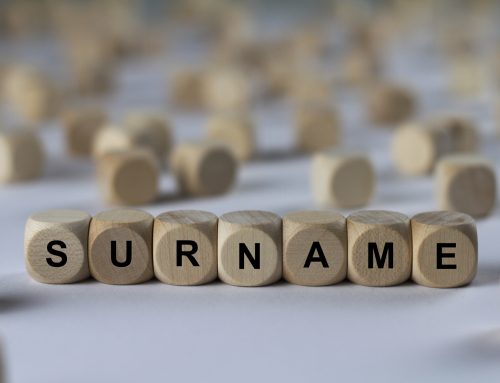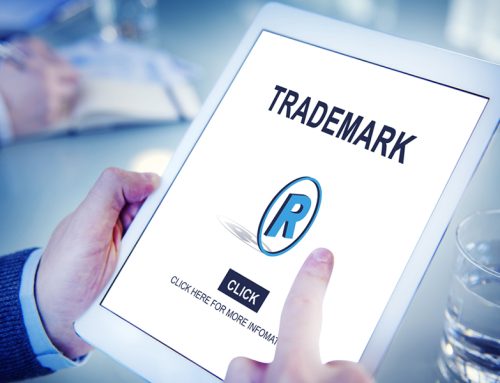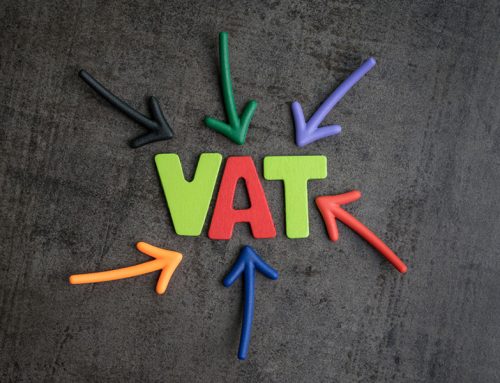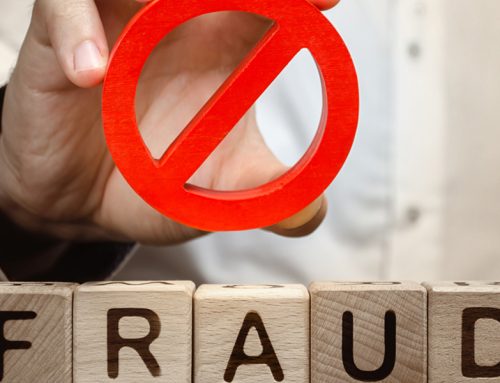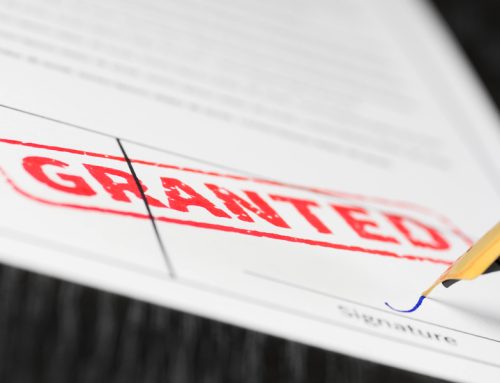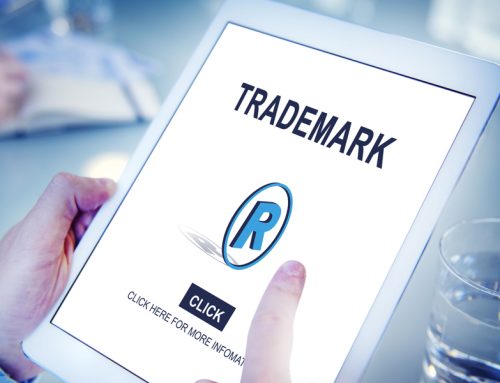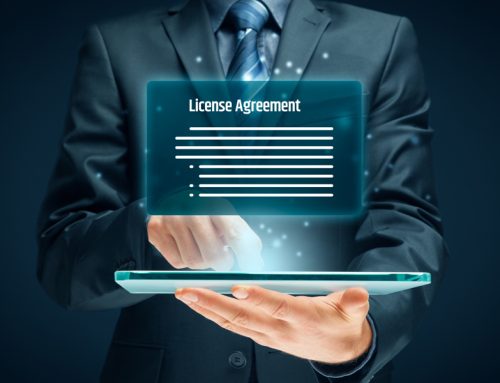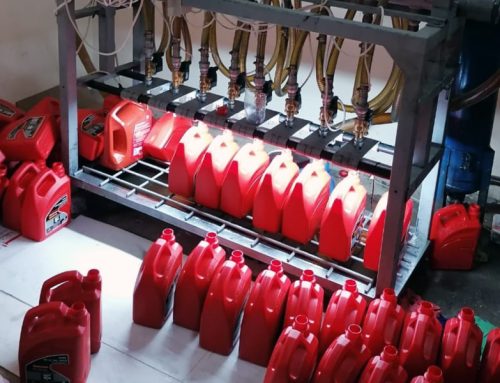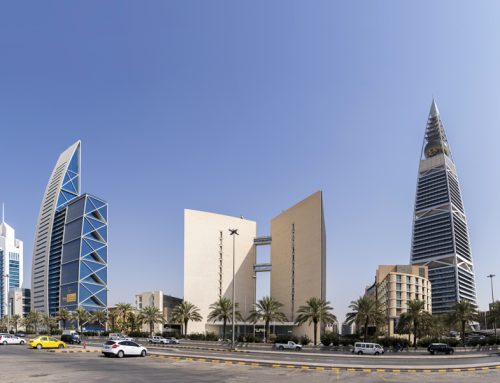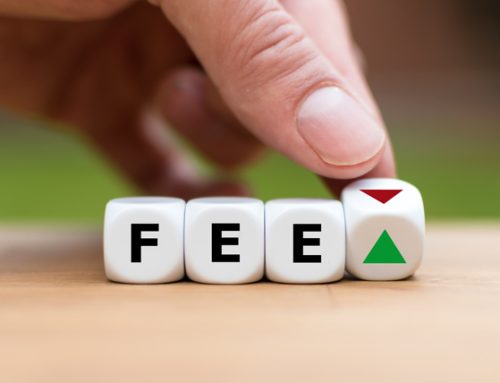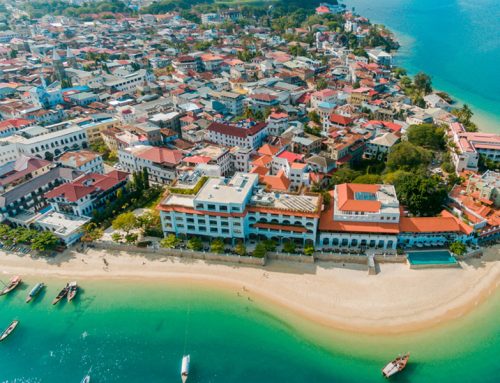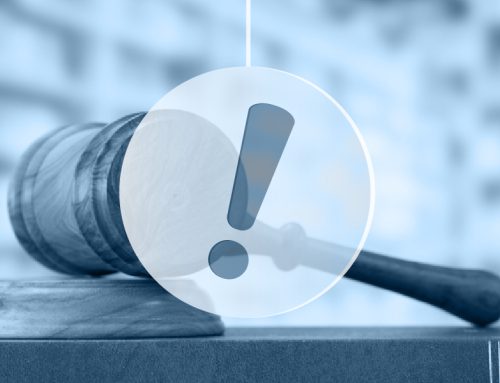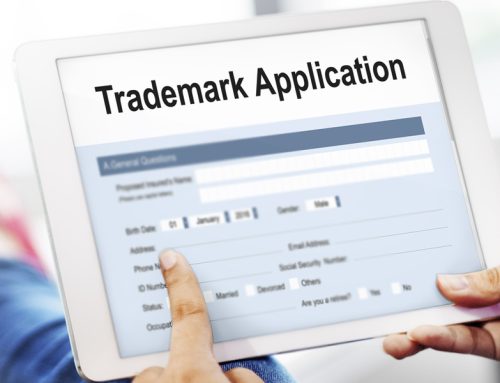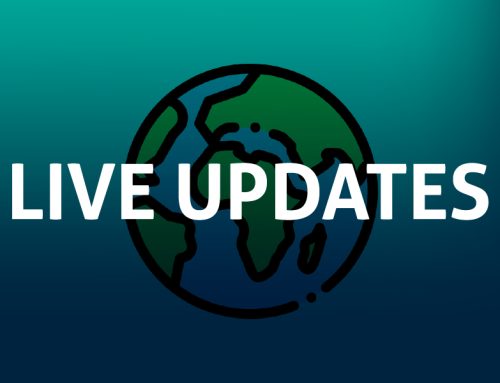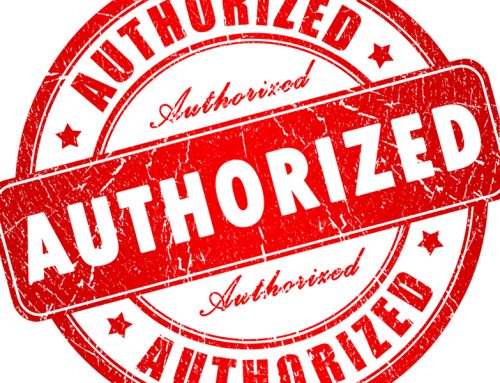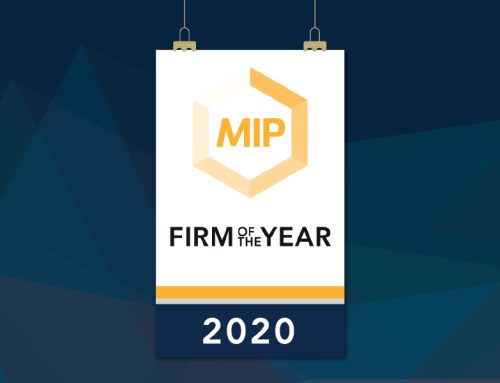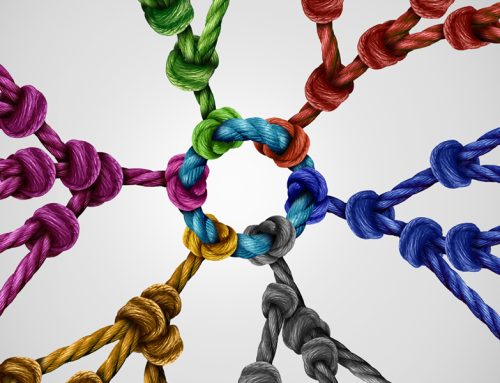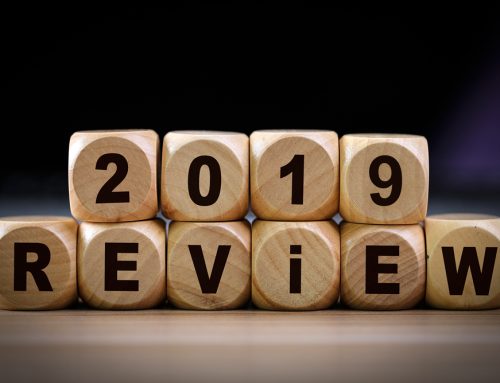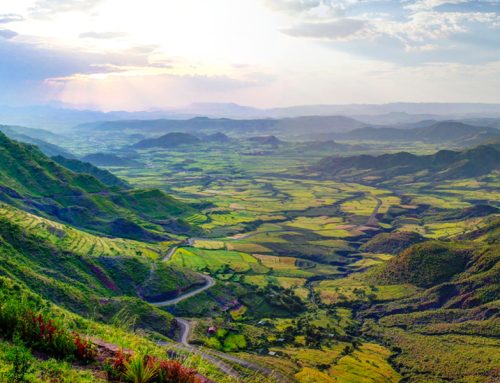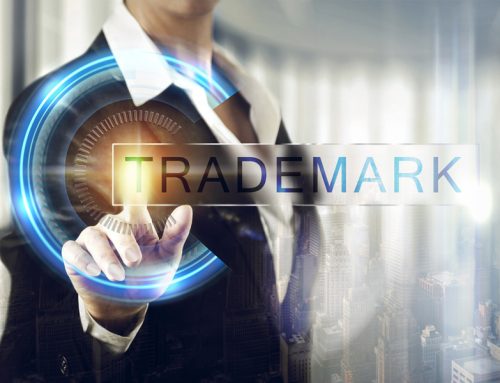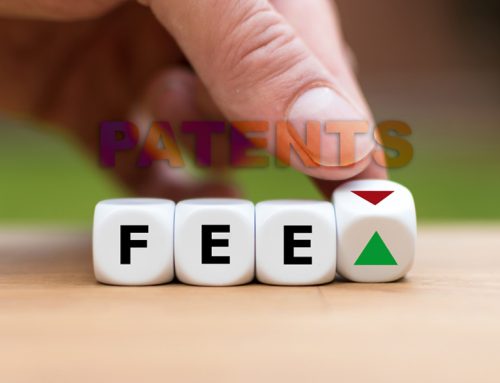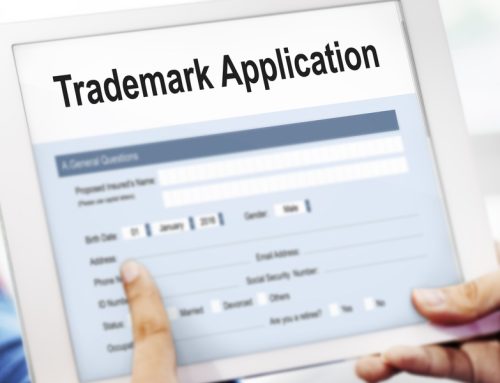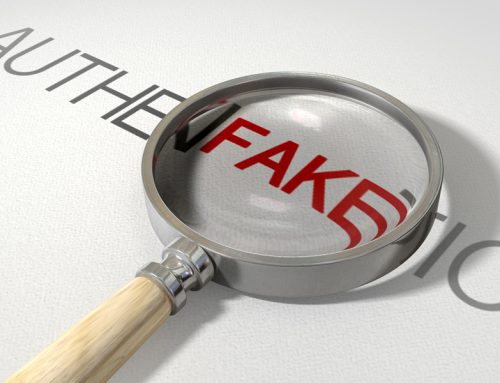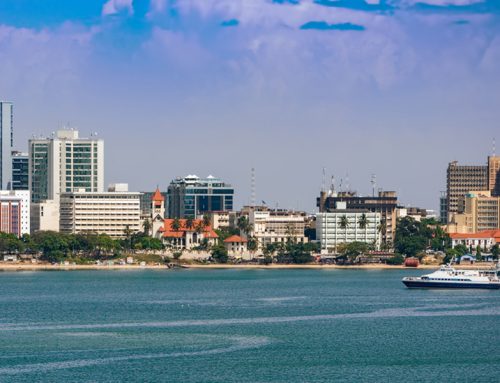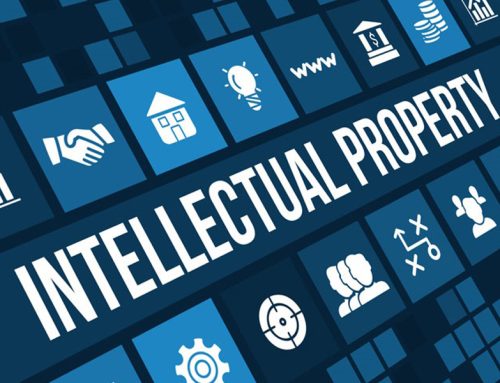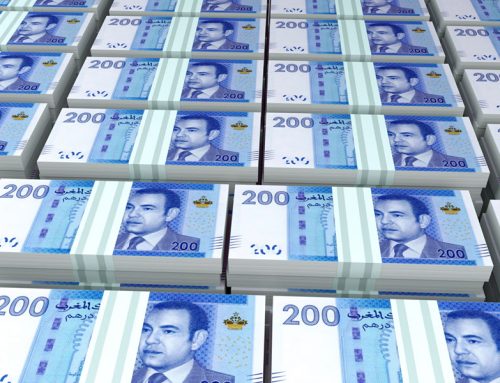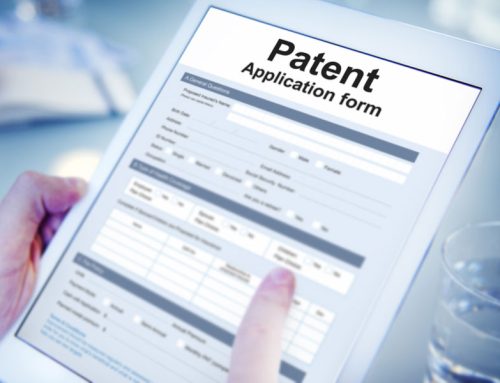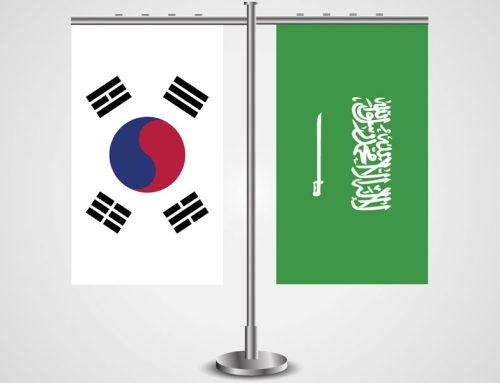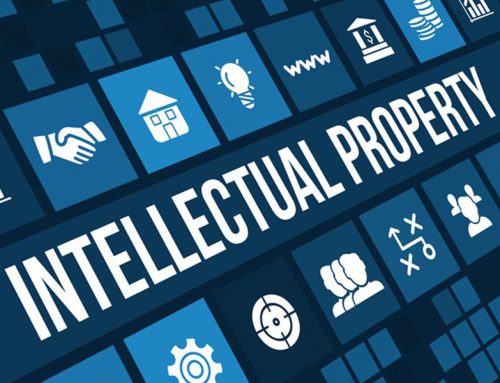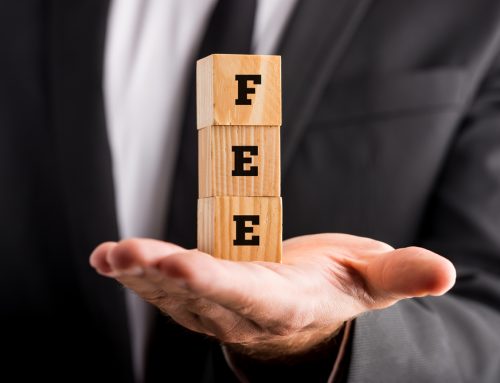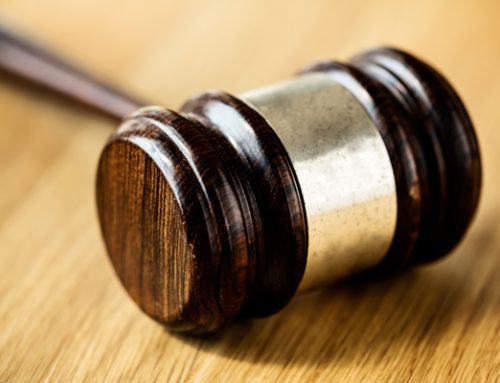Protecting pharmaceutical marks in the Middle East is a challenging, labor-intensive process, which requires special consideration and handling. However, with high imports of branded drugs and soaring growth, this is not a market that rights holders can afford to ignore.
The Arab pharmaceutical market is reportedly worth around $20 billion and estimated to grow at a compounded annual growth rate of about 9% over the five-year period between 2012 and 2016. Around 450 pharmaceutical manufacturers operate in the region. With the exception of Egypt, all Middle Eastern countries are high importers of branded drugs, while local manufacturing capabilities are mostly limited to generic and licensed drugs with very little R&D. For this reason, it has become more and more important for trademark holders to address the challenges of pharmaceutical trademark protection in the Arab world and to become more familiar with the requirements that are specific to this region.
Clearance
In addition to a typical trademark search, a full pharmaceutical trademark availability search should attempt to cover a selection of sources, including the records of local regulatory authorities. However, rights holders should be aware of two limitations. First, there is no pan-Arab marketing authorization. Second, not all records are easily accessible.
Examination
In general terms, trademark offices throughout the region have developed better judgment for assessing the likelihood of consumer confusion between pharmaceutical trademarks. The issue of consumer sophistication with regard to prescription drugs is taken into consideration in some countries, such as the United Arab Emirates, Bahrain and Jordan. Examination on relative grounds is performed by the trademark offices of all Arab countries, except for Morocco and Lebanon.
When it comes to international non-proprietary names (INN), there seem to be no specific regulations to prevent the acquisition of proprietary rights on INNs, including prohibiting registration of the name as a trade name or a trademark. Although the World Health Organization (WHO) has requested that member countries should take the necessary steps to prevent the acquisition of proprietary rights on INNs, including prohibiting registration of the name as a trade name or a trademark, practice across the region varies considerably. In countries where there is no substantive examination, such as Lebanon and Morocco, the registrar will not check whether the trademark is an INN. In other countries where substantive examination exists, the examiners are not expected to verify whether the mark is an INN, but it may be possible to oppose a trademark based on the fact that it is identical to an INN or an INN stem.
Packaging
There are regulatory requirements for pharmaceutical packaging (e.g., the display of ingredients, side effects, and language and safety warnings) in almost all Arab countries. With regard to language, the regulatory requirements in some countries call for the use of the mark in Arabic on the package and/or the leaflet – specifically, in Morocco, Tunisia, Egypt, the United Arab Emirates, Syria, Saudi Arabia and Qatar. Hence, protection of the mark in the Arabic script is necessary in countries where use in Arabic is required, although the registration of a trademark in English should, in general, provide protection against the registration of another mark with a prominently featured or at least confusingly similar Arabic transliteration that could cause public confusion.
Requirements
No countries in the Arab region impose filing requirements that are specific only to Class 5, except for Syria. The Syrian Trademark Office asks for detailed information on the origin of the product in support of the trademark application.
Legalization of supporting documents is required in all territories, except for Algeria, Morocco, and Gaza. Use is not a requirement for registration in all countries. The same is also true for renewals, except for Algeria. However, failure to use the trademark within a specified period will make a registration vulnerable to cancellation by any interested party on the grounds of non-use.
Enforcement
According to the WHO, the incidence of counterfeit drugs in emerging countries is up by between 20% and 30% of the market. The distribution channels in these regions are less strictly controlled and it is more difficult to prevent counterfeiters from infiltrating supply networks.
In many countries of the Arab world, counterfeiting in general, and especially the counterfeiting of medicines, is not a criminal offence. When it is, penalties are usually not specific to counterfeit medicines, but common to all cases of counterfeiting, especially the infringement of IP rights. Penalties vary from country to country and may include fines, imprisonment and the confiscation and destruction of counterfeit goods.
A number of strategies can be implemented on the enforcement front across Arab countries, using a wide range of methods, from site investigations and raids to civil and criminal legal actions, as well as customs seizures. Another key tool for maintaining an effective enforcement strategy is through the customs recordal procedure, which has been adopted in Algeria, Morocco, Sudan, Tunisia and the United Arab Emirates. Recordal is also expected to be adopted in Qatar and Abu Dhabi (a UAE emirate), but the timing for implementation is unknown. One fundamental premise of the recordation system (other than providing a central registry containing information for recorded trademarks) is that it allows customs officials to adopt an ex officio border system. This differs from the standard border system, in which a judicial authority orders Customs to detain the infringing shipment after identifying the infringing goods. The key advantage of the ex officio system is that it allows for prompt and proactive action by customs officials, thus avoiding the delays inherent in seeking judicial action. Customs officials are always on the lookout for infringing goods and are thus able to act quickly to confiscate counterfeit and pirated merchandise. In short, rights holders must be ready and willing to adopt a model that incorporates both legal and regulatory approaches in order to arrive at well-established trademark protection strategy.
Should you have any questions, or require any additional information, please contact us at news@sabaip.com

